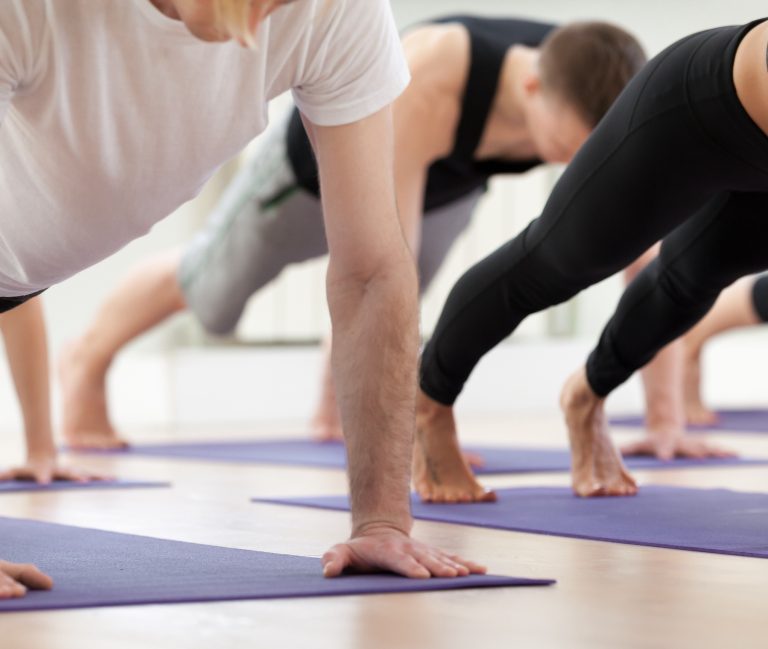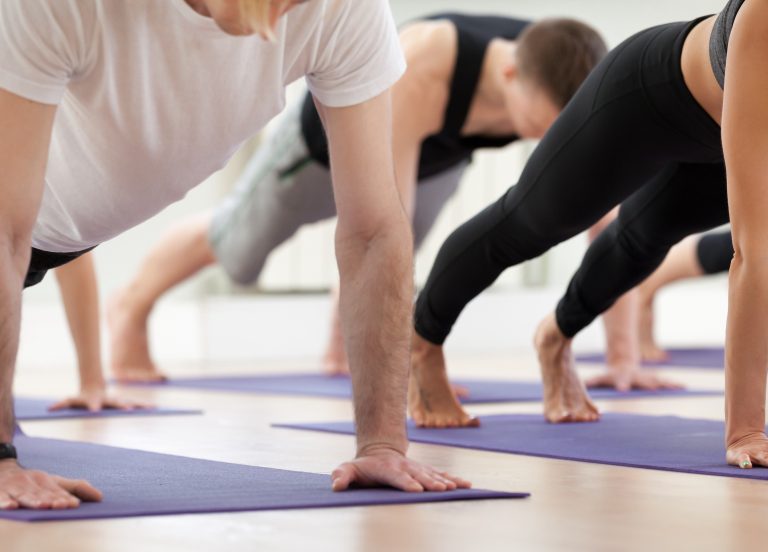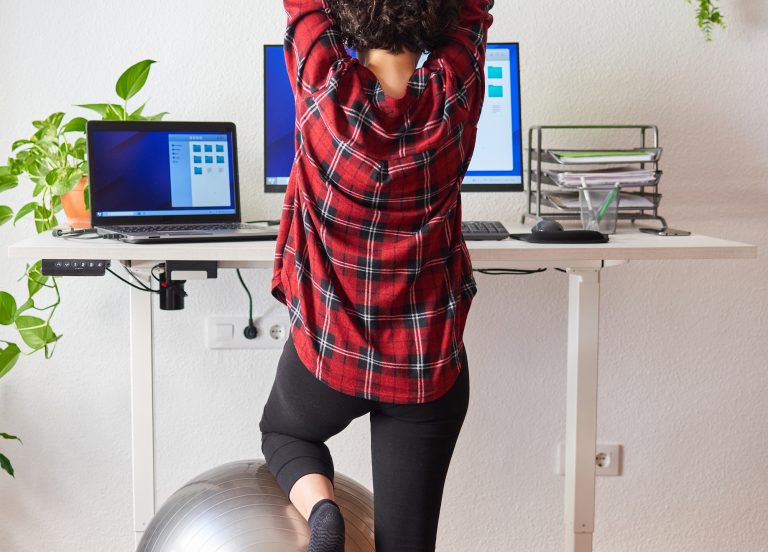Stability and the Myth of Core Stability
If you are entering the new year with a renewed sense of commitment to improving your level of fitness then it is worth giving some consideration to just how good your balance and stability are. Balance and stability are not only as important to optimal function as are strength, flexibility, and cardiovascular fitness, but they also enhance these other abilities.
Balance and stability allow us to perform movements with control. Good control means that we time and sequence movements throughout the body precisely, resulting in powerful, efficient, and accurate motion, which makes us less prone to injury and enhances performance, be it of daily or sporting activities.
The myth of core stability
The fitness and rehab world talks about core stability. But as Dr Eyal Lederman explains in his 2010 paper “The myth of core stability”, there is no unique group of muscles responsible for stability of the trunk, and we don’t need to hold our abdomens in or flatten our lower backs in order to recruit the “core muscles” that allegedly create trunk stability. In fact, doing so might ultimately do you more harm than good (refer to his paper if you’d like to know why).
So how can we improve our balance and stability?
The answer is in limitless ways. What is key is that the starting point is appropriate for your ability, that there is then a staged progression in the challenge to your balance and stability, and that the exercise is tailored to the activity that you need to accomplish.
And so you start with a task appropriate exercise that you are successful with – perhaps holding onto something, perhaps with your feet wide, and you slowly make it more challenging by tweaking away the things that give us stability. Towards the other end of the spectrum you might perform an action on a wobble board on one foot whilst holding/moving a weight out front of the body or overhead.
So no suggested exercises this newsletter (see my blog on the Golborne Osteopaths website for a recent post of mobilisation exercises for the back though), just a heads-up as to why you may find some stability exercises in your home exercise programme should you come see me for a session this year.
Alison Durant BSc(Hons)Ost, Fellow of Applied Functional Science
Reference
Lederman, E. (2010), “The Myth of Core Stability”, Journal of Bodywork and Movement Therapy, Jan;14(1):84-98






